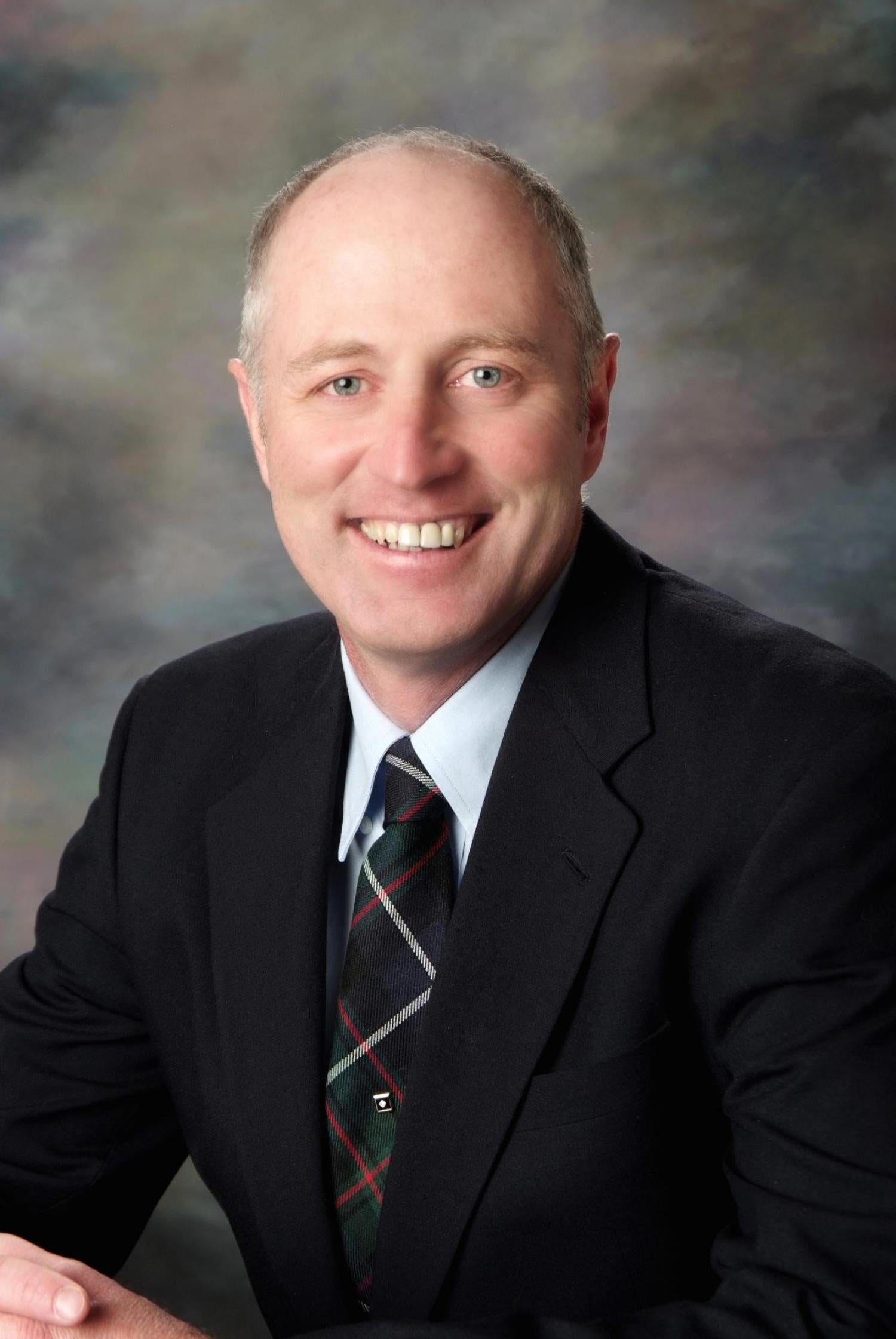John McCray
- Professor of Civil and Environmental Engineering and Founding Director of the Hydrologic Science and Engineering Graduate Program, Colorado School of Mines

Professor John McCray is a Professor in the Civil & Environmental Engineering Department, and the Founding Director of the Hydrologic Science and Engineering Graduate Program, at Colorado School of Mines. He is a recent member of the US EPA Science Advisory Board. Dr. McCray is a Fellow of the Geological Society of America, and the ASCE Environmental and Water Resources Institute. Recently, Prof. McCray was a Fulbright Scholar to Chile for water resources investigations. He is currently principal investigator at CSM for the National Science Foundation Engineering Research Center. ReNUWIt, on "Reinventing America's Urban Water Infrastructure". He earned the 2013 Rudolph Hering Medal from ASCE for the top paper in environmental engineering for work on groundwater remediation. He has served as Associate Editor on many journals, including Ground Water, Water Resources Research, Journal of Contaminant Hydrology, Vadose Zone Journal, and JAWRA. His current research interests include urban hydrology, watershed-scale geochemical transport, groundwater transport and remediation, mine water reclamation using engineered natural systems, wastewater reclamation using soils and other natural systems, and watershed planning. He teaches courses in contaminant hydrology, environmental and water engineering, and fluid mechanics.
Abstract: Engineered Streambeds for Urban Water Quality Enhancement
Treating urban stream pollution within the streams, which integrate polluted water from an entire catchment, should be more effective than diverse point-capture BMPs/LIDs. The hyporheic zone (HZ) has potential to mitigate urban stream pollution, but limited residence times and inefficient surface water exchange constrain effectiveness. Engineered streambeds, called Biohydrochemical Enhancements for Streamwater Treatment (BEST), are evaluated for enhancing water quality. BEST are subsurface modules that utilize hydraulic conductivity modifications to drive hyporheic exchange and to control residence times, and that use reactive geomedia to increase pollutant reaction rates. Groundwater modeling was performed to inform design using reaction rate constants from the literature. Contaminant removal potential was relatively consistent among BEST when pollutant reaction timescales were similar to RTs. However, BEST with very long RTs were less efficient. Most contaminants were attenuated within a series of BEST 50m in length, suggesting that BEST could be an effective stormwater Best Management Practice (BMP). Experiments were conducted in 15m long outdoor flumes on Mines Campus. Conservative tracer and resazurin (a surrogate for reactive pollutants) tests were conducted, with observations analyzed by stream transient storage models. Results demonstrated that BEST increased the effective HZ size and resazurin transformation by ~50% compared to the control. Numerical simulations of extended reach lengths up to 30m showed that BEST could achieve 1-log removal of resazurin in 125m, versus 460m and 750m in previously simulated urban streams. Reach-scale flume results from HYPOTRAIN sponsored experiments in Germany demonstrated effective removal of metaformin, a pharmaceutical, and also modified redox chemistry in the streambed. These results emphasize the potential of engineered streambeds to improve urban stream water quality.

